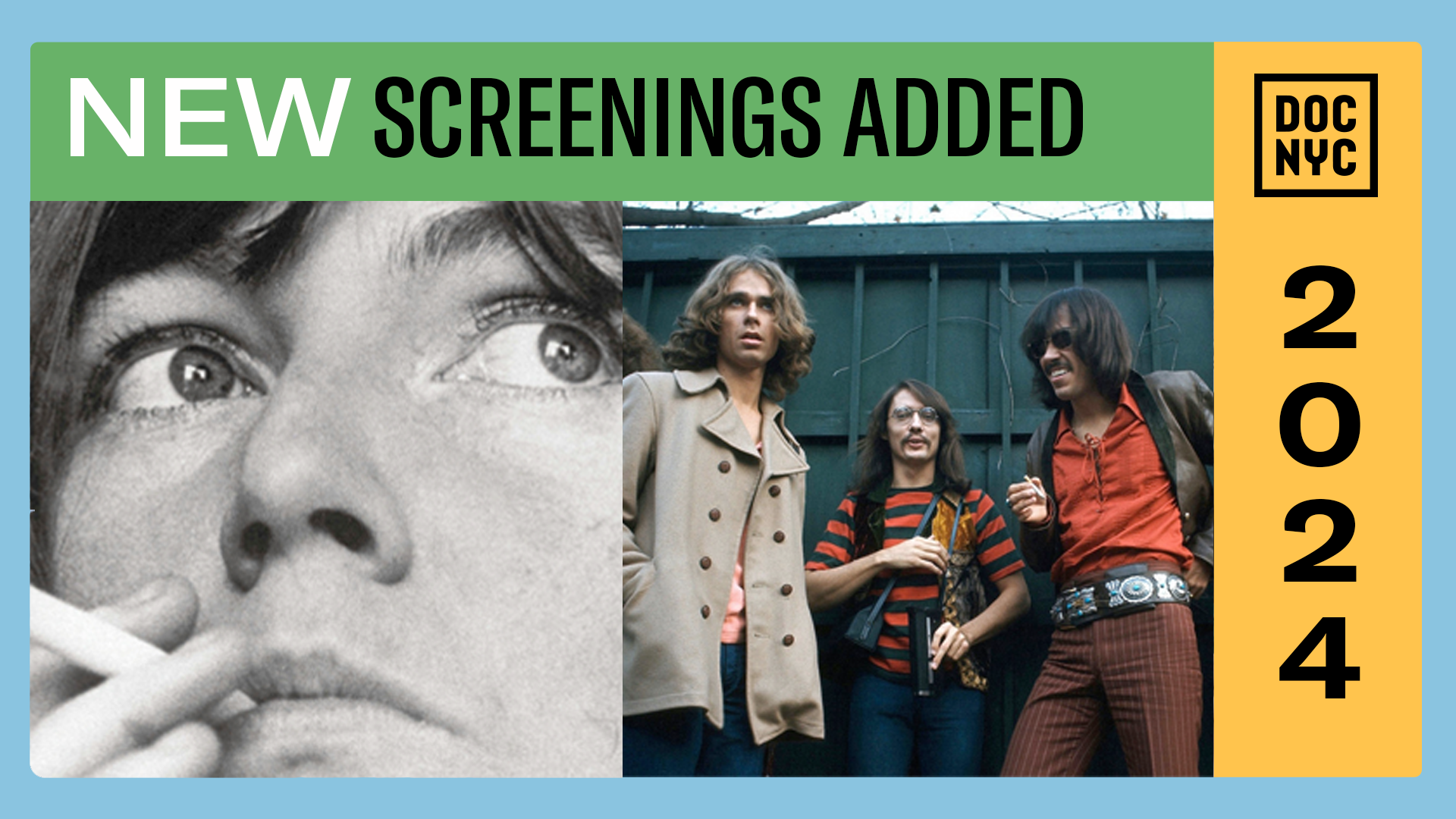Seeing Music in the Stars: How Bela Fleck Writes a Banjo Concerto


Written by Megan Scanlon
On the closing night of DOC NYC, Bela Fleck fans at the NYC premiere of How To Write A Banjo Concerto had the opportunity to hear the celebrated banjoist perform before an animated Q&A. With no shortage of questions and appreciation, Fleck expanded on his journey in crafting a never-been-done-before concerto for the banjo and an 80-piece symphony orchestra.
Named by his absent father for composer Bela Bartok, Fleck dismissed Bartok’s work for years, but began listening to the Hungarian pianist during the year he spent prepping for his concerto. In the film he considers that “the thing about Bartok that’s so cool is that he writes like an improviser, it’s wild and complicated it’s embracing the reality that life throws at you.”
How To Write A Banjo Concerto embodies Fleck’s personal system of inputs and outputs; taking the reality of wild and complicated tasks through his own unique filter, and appropriating and recreating them in new and unpredicted contexts of sound. He credits his vocation and dedicates his concerto to the late Earl Scruggs, who moved Fleck to pick up the banjo. “I didn’t know what I was hearing and I was shook to my core,” he reflects in the film.
As Fleck writes for the concerto, he asks his friends and peers for feedback and advice. In the film, fellow musician Chris Thile suggests, “never write in reactions to your own fears involving people’s perceptions of you.” Fleck acknowledges when this happens, while also expressing his own fears about the culmination of his concerto work and how it will be received. This lends itself to a theme of listening that permeates the film, as Fleck contemplates feedback of others while still listening to his own voice. Because of the enormous group effort needed for success, he also says he “wants to write a piece that’s satisfying for all the musicians,” and asks each section what they love about their instrument and what they need from him to facilitate a powerful, innovative, and enjoyable performance.
During the Q&A Fleck continued to share his language as a musician, and how he listens for inspiration. He said that during one of his tours, he “started looking at the audience and I saw all these shapes and I thought, ‘you can be this note and you can be that note and the stars can be these sounds and I realized I could improvise a whole night of music that was based on what I was looking at that would never repeat from night to night if I could learn to do it. So I think that’s what I was thinking of when I was talking to the fellow who was riding with me and I was driving to Cannon Beach looking at the trees and going ‘there it is again.’ You know any of these things can suggest music and it’s a great resource if you’re stuck or if you’re looking for a way to get a different angle than it’s usually going to come from something outside of music.”
For more about Bela Fleck: How To Write A Banjo Concerto, visit the film page on the DOC NYC website.
Megan Scanlon is an alum of Hobart & William Smith Colleges and New York University and works in the field of International Education


